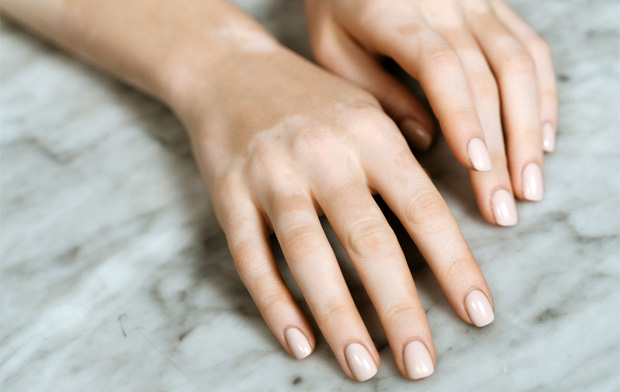Unusual Skin Colour Changes (and What They Mean)

Unusual Skin Colour Changes (and What They Mean)
Our skin is constantly changing colour. While certain colour changes are normal and not worth worrying about (such as a suntan), others are more unusual and may be a sign of a health problem that needs to be checked out. Below are a few different colour changes, what they could possibly mean and whether you should get them checked out.
Red
Skin can turn red for a variety of different reasons. To determine the cause, it is worth considering other symptoms and circumstances:
- If it’s a hot day, consider whether sunburn or heat rash are to blame. Taking a cold shower in both cases and staying in the shade could help.
- Long periods of flushed skin could be a sign of a skin condition known as rosacea. In serious cases, this can be accompanied by spots and pain.
- If your skin has become dry and crusty (on top of being red), then it is possible that you have developed psoriasis.
- Red rashes on the body may be caused by an allergy – particularly a drug allergy. Look out for signs of hives or itchiness, as these are a tell-tale sign that it is an allergic reaction.
- Many other conditions like lupus and scarlet fever can cause rashes. The latter is usually accompanied by a fever and nausea, and could require urgent medical attention.
Generally, if you have a fever you should see a doctor. If the symptoms are simply redness and skin irritation and it doesn’t seem to be going away, you may want to book an appointment with a dermatologist. Many conditions like rosacea and psoriasis can be treated or reduced.

Blue
If your skin is turning blue, it typically means that there’s a problem with the flow of blood or oxygen around your body. This is known as ‘cyanosis’ and is usually a symptom of a serious underlying health condition such as COPD, heart failure or pneumonia. Breathlessness, fatigue or random pins and needles accompanied by blue skin could all be signs that you should see a doctor immediately.
It’s worth noting that bruises can also appear blue after a few days. These are usually not as serious, but if the bruise doesn’t go away, you may want to get it checked out.
Yellow
Yellow skin is typically referred to as ‘jaundice’. It is a sign that there is possibly too much bilirubin in your blood as a result of a liver problem or gall bladder issue.
Jaundice is not something you should ignore. If it is accompanied by a fever or abdominal pain, you should seek a doctor straight away.
Green
Cartoons typically depict characters turning green when they get sick, but green-tinged skin is actually quite rare. If your skin does start turning green, you should probably see a doctor. Green-tinged skin accompanied by headaches, breathlessness and loss of appetite could be a sign of a serious condition such as hypochromic anemia, and will need to be treated.
Green blemishes on the skin are more common and could be caused by a bruise. Another common cause is a metal allergy – typically from jewellery made of materials like copper. Switching to hypoallergenic jewellery can prevent you from getting these green marks.

White
Noticed white patches of skin appearing on your body? You may be developing vitiligo. This is when the skin starts to lose its pigment in certain areas due to a lack of melanin.
Vitiligo is not dangerous although you should take measures to cover up areas of affected skin from the sun as they are very susceptible to sunburn. Growing awareness of vitiligo has resulted in a number of products being available to conceal these patches.
Black
If areas of your skin are turning black, it could just be a harmless skin condition called acanthosis nigricans which is caused by folds of skin becoming dry. Moles and melasmas can also cause areas of skin to turn black.
Of course, skin turning black could be a sign of something more serious such as gangrene or skin cancer. If it is blistered, crusted or scaled, you should definitely get it checked out.
Contributed Article.




